Select a relevant problem.
-
Development of knowledge/ competencies/ ideas…
-
Capturing experiences and expertise…The capturing of experiences and expertise is more or less performed. Knowledge cannot be written down. Capturing experiences and expertise is not possible. Since a generally accepted language and technical terms currently do not exist, the capturing of adequate experiences and expertise is difficult to perform.
-
Sharing knowledge and experiences …Knowledge and experiences are not sufficiently shared between teams. Knowledge is not sufficiently shared and used beyond organisational boundaries. Within a network knowledge and experiences are not efficiently shared. Useful knowledge and experiences are difficult to find. Efficient knowledge sharing often depends on chance. Active knowledge sharing fails because of conflict situations in the workplace.
-
Setting-up a repository for knowledge and experiences…
-
Re-use of current knowledge …
-
Identification of key knowledge…
Approach
Select a problem at the left-hand side. You will receive an idea of how a solution focused approach can help improve your business processes. 

The development of knowledge, competencies or ideas could be encouraged by a specific process as well as internal collaboration. Do you think that the development of knowledge could be supported by accessing specific experiences of your colleagues? 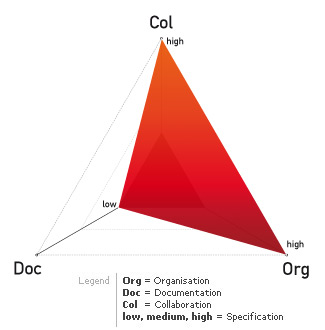

A second approach focuses on documentation of available knowledge and ideas. This is supported by a specific process within your organisation. Do think that a development of knowledge and competencies could be strengthened or at least more formalised? 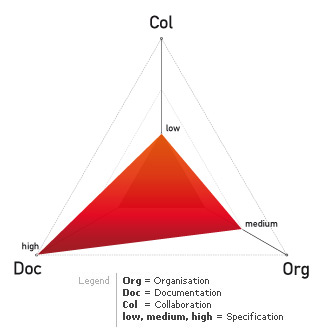

If collaboration becomes more intensive and formalised, do you believe that the innovation process could be improved and extended? 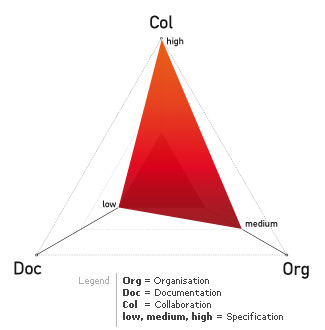

This approach focuses on an extended documentation of knowledge that already exists within your organisation to create new knowledge and gain new ideas. Additionally, the approach includes organisational support. Would this be of interest to you? 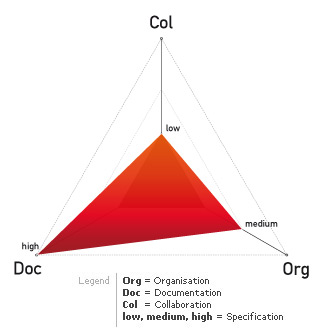

It is often the case that new employees could become better acquainted with organisational processes if they had an idea of who does what and who knows what. Is it possible to develop a solution without knowledge documentation and a specific process? 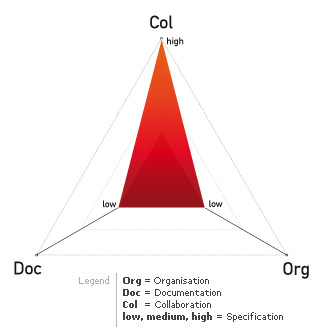

Alternatively knowledge can be documented to encourage collaboration. Is it possible to improve knowledge acquisition of new employees by accessing a knowledge repository? 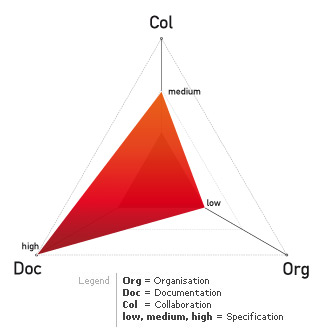

A specific process helps to systematically document corporate expertise. This approach supports employees to become aware and write down useful experiences. 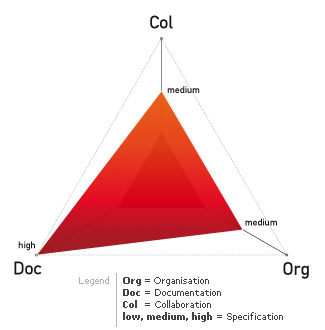

In case writing down experiences requires a great deal of effort, there is a possibility to systematically document which person knows what within your organisation. Expertise can be shared very easily. 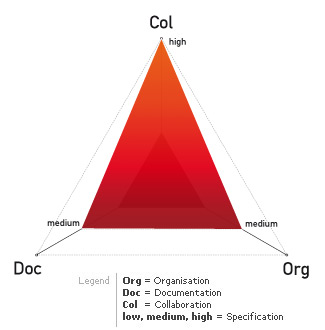

In this case available processes can be applied to document team knowledge. Experiences are preserved and made accessible to other teams and employees at a later point in time. 

This problem can be solved by developing a corporate taxonomy where knowledge building blocks are identified and sorted. This approach is very successful if employees are participated. 

If a corporate taxonomy cannot be realised by intensive collaboration, process-related knowledge building blocks can be sorted by classifications. 

This approach helps to avoid new processes but to encourage collaboration to document and share individual knowledge. 

If experiences cannot be written down, close collaboration may encourage a real flow of knowledge. Therefore people need to inform each other of who knows what. 

Efficient personal collaboration throughout the organisation can be encouraged without writing down knowledge. People have to get informed of who has worked out a special problem and may be interviewed directly. 

If knowledge can be captured, written down and therefore used througout the organisation, collaboration of people will be improved by adaptable workflows. 

If network structures and human interaction are not dynamic enough, collaboration can be improved by conjointly documenting experiences. This requires only a few preparing steps. 

If knowledge cannot be documented and strong organisational processes cannot be introduced within a network, it will be essential for people to have an idea about what their colleagues might know. Transparent knowledge can be a way out of this dilemma. 

Sometimes knowledge exists but is not that concrete to write it down. In this case people need to have an idea about what their colleagues know to get in contact to the right person. Networking people may be the beginning of knowledge sharing by other means. 

A process across every single decision level of the organisation could secure that collective knowledge and experiences are realised. 

In case expertise can be systematically documented and made accessible, people may use this knowledge at a later point in time without concrete collaboration at the same place. 

In this case knowledge can made accessible without personal contact. The documentation of knowledge is involved in corresponding processes. 

A knowledge repository is created by involving the documentation of expertise in available processes. Process experiences could be regularly included in the repository at the end of a project. 

The Knowledge Management Platform KMmaster is a crucial enabler of active knowledge and idea management. We are pleased to develop with you a concrete solution. 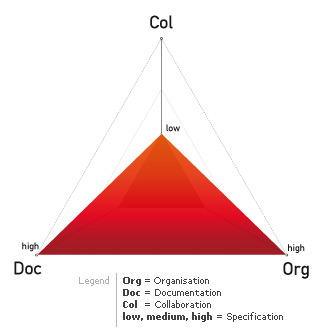

If a group of people is not able to share knowledge by collaboration, the documentation process may be structured without personal contact. 

If knowledge is documented but not re-used, organisational alterations will help to strengthen the search for expertise. Experiences can be immediately integrated into processes. 

If knowledge was not documented and made accessible, an innovation process in combination with an intense exchange of experiences might support a re-use of knowledge. 

To ensure a re-use of knowledge, the organisation process does not have to be fully developed. It might be enough for your employees to get an idea about who knows what to share this knowledge within your organisation. 

People are not aware of the knowledge they themselves possess. This knowledge is less concrete but often of immense value to others. As a result ideas can be collected and effectively developed within collaboration projects without strict processes. 

Do you see any possibility of knowledge documentation? A knowledge repository could be very useful to all of your experts. This repository works without personal contact and new process implementations. 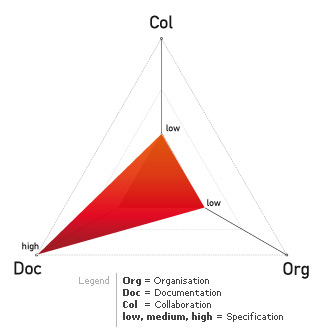

As soon as a situation exists in which people know who can be sought for advice, knowledge will be used at the right time and at the right place. If this is the case no further organisational alterations for an effective documentation of knowledge would be necessary. 

An innovation process may help to make use of expertise and knowledge from earlier projects and to find new solutions. Even if knowledge is not documented, a knowledge exchange may be realised if people get in personal contact with each other. 

If available knowledge should be used in current projects, it might be helpful to search for relating experiences before you start a new project. To ensure the re-use of documented knowledge, a search mechanism can be involved in a process. 

Do you think that experiences and ideas evolving from innovation processes can be evaluated systematically? As the relevance of knowledge may change from time to time experiences can be regularly included and revaluated. 

If knowledge building blocks can be systematically documented, the evaluation by employees without a special process could be a helpful approach for your problem. 

A collaboration process supports the evaluation of captured knowledge to determine its relevance for the organisation. 

A process-related reporting is another possibility to evaluate knowledge. Captured expertise is disseminated by reports. 

Solution
The Knowledge Management Platform KMmaster is a crucial enabler of active knowledge and idea management. We are pleased to develop with you a concrete solution.



